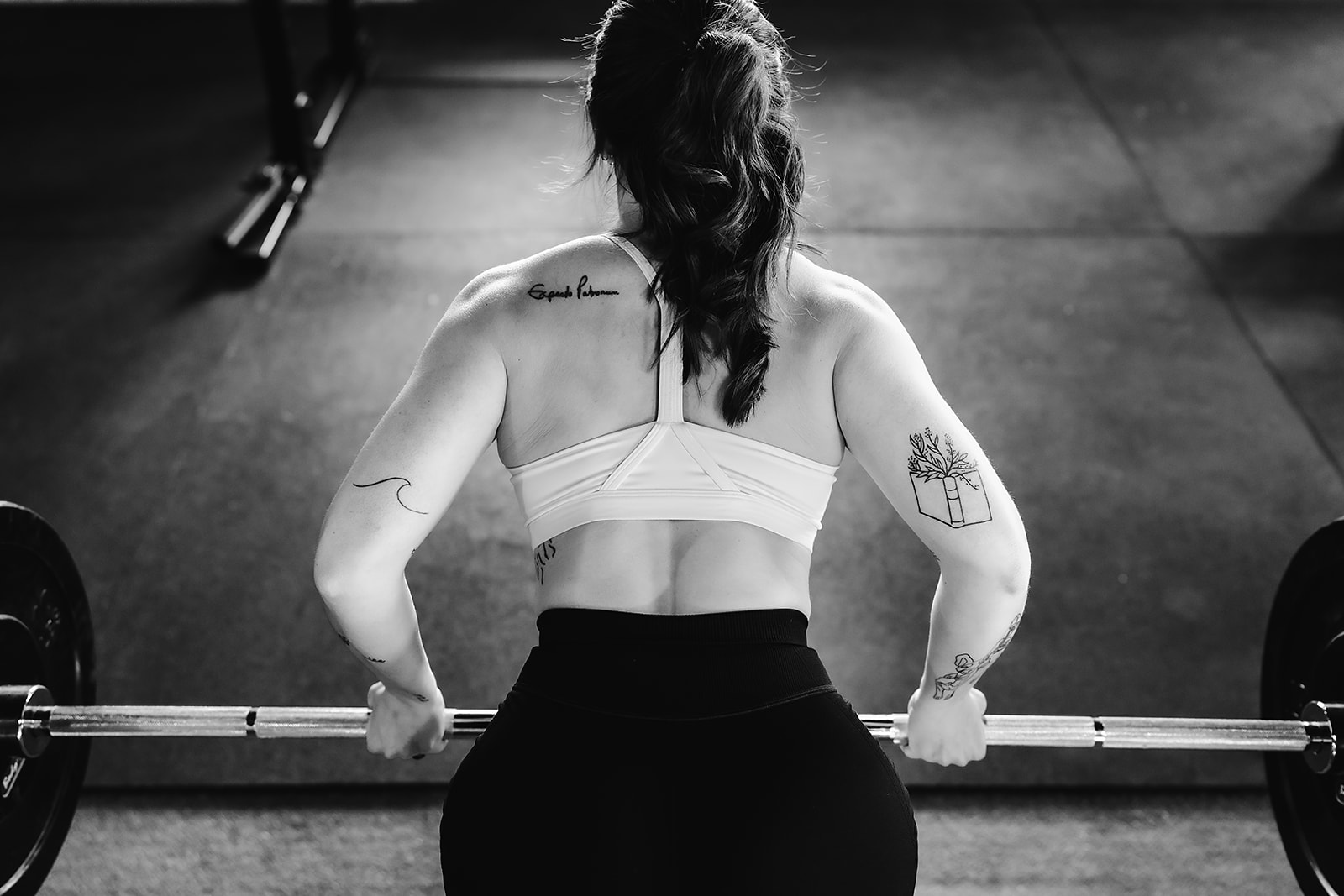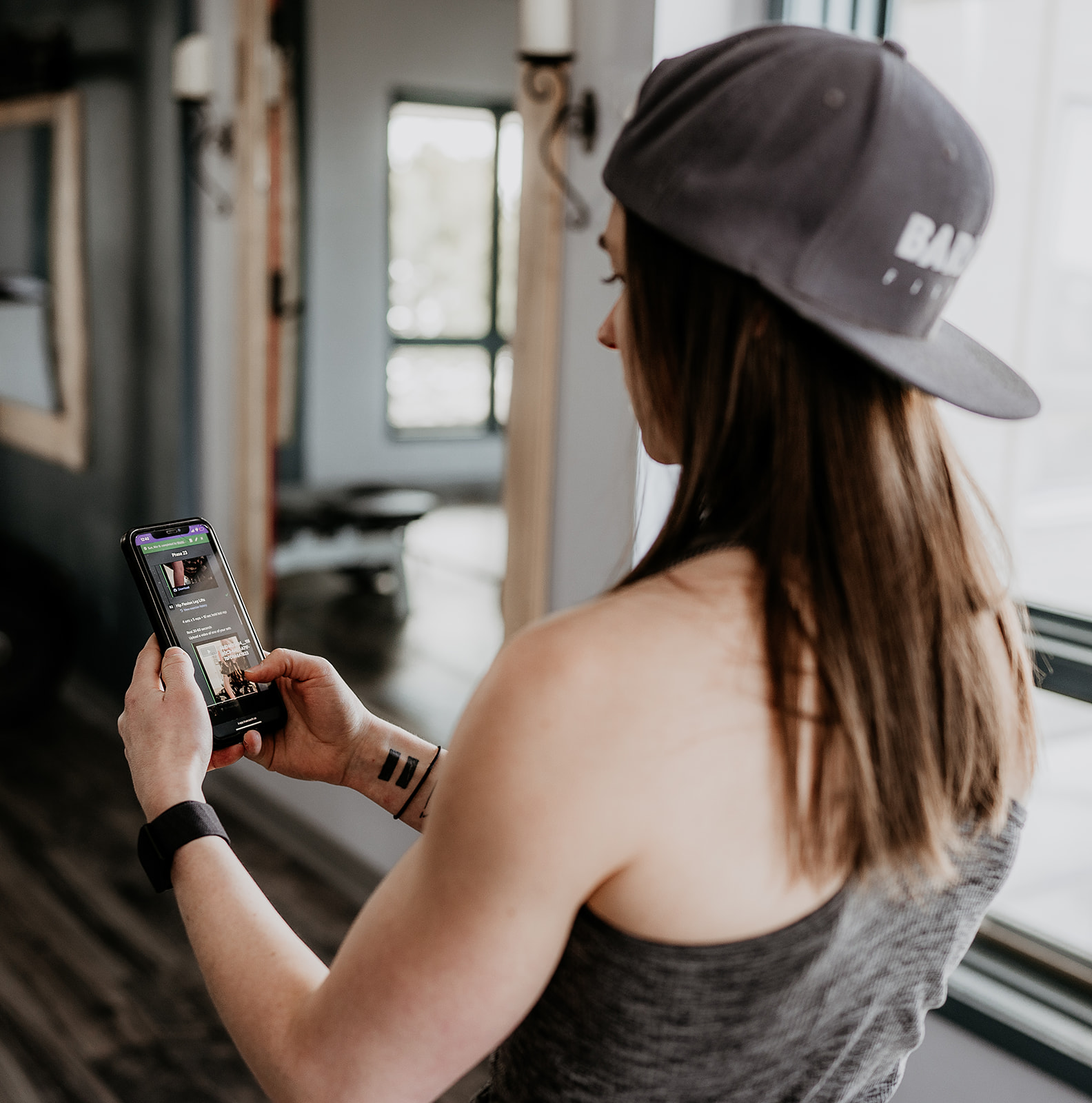Why do a warm up?
It’s Squat Day. You walk into the gym and take a few reps with the empty bar and then jump into your warm up sets …sound familiar?
This is NOT a proper warm-up.
A warm up is about priming your body for the specific movements you will be performing that day. This is dependent on the person and the program.
If it’s Squat day, one person might need to prime their glutes more by doing some glute bridges whereas another person may be really tight in the hips and would benefit more from doing the active 90-90 stretch. These are just a couple of examples.
How to warm up
Pick 1-3 priming movements per warm-up session
These are more of your mobility/stability drills like a Deep Lunge with Rotation, Quadruped Reach Through, Glute Bridges, etc.
Then you go into your exercises to prep you for Squats after priming your body
These are the exercises like bodyweight squats, lunges, push-ups, etc. to warm-up the movement(s) you will do.
Start taking your warm-up sets
Only after priming and prepping should you begin your warm up sets. Priming your body for the lifts you are performing for the day doesn’t just help with mobility, but it also allows you to get the most out of your workout. You will be able to hit greater ROMs, have better technique, and reduce risk of injury.
Sample Lower Body Warm Up:
Sample Upper Body Warm Up:
Why is a cool down important?
Many of us finish our workouts and dart out of the gym without any cooling down practices. Now, we don’t advocate having to spend a ton of time on mobility drills that you think you need to do after your workout because you saw it on the internet – BUT cooling down can/should combine a mix of mobility and breathing practices.
Mobility drills
The mobility drills should, like your warm-up, be individualized. If you have really tight hips, then maybe this is a good time to hold a pigeon stretch or a half kneeling hip flexor stretch.
Check out our blog post: “How to Strengthen and Stretch the Hips.”
Breath work
The breathing part is probably the most important as it will help spark the recovery process by helping your body come back to a parasympathetic state. Breathe with your diaphragm especially when holding a stretch. Utilize this when you are performing your cool down stretches and then for your last cool down exercise, lie on your back with your feet slightly elevated and perform at least 10 deep diaphragmatic breaths. If you want to learn more about the importance of diaphragmatic breathing, check out our Breathing & Bracing blog.
And if you’re looking for more guidance, subscribe to our newsletter to get more mobility suggestions, recipes, and guidance.



